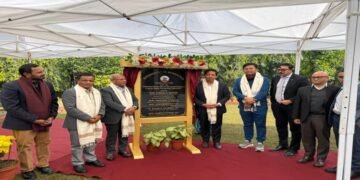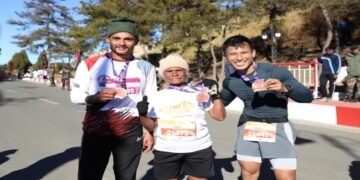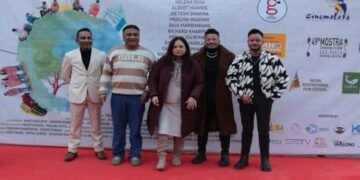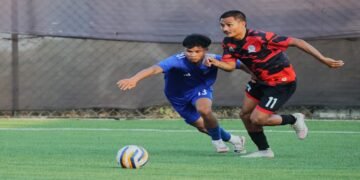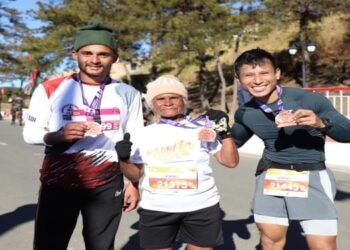By Ananya S Guha
A lot is being discussed on online learning. Some argue that this will come to stay while others say that because of the digital or rural urban divide this is patently unfair to a large section of rural students. Online learning has been necessitated because schools and colleges have been closed due to the Covid situation.Necessity after all is the mother of invention. Not that online teaching is new, it is used for distance education students both synchronously and asynchronously. This pedagogy includes the radio and television as well making learning visual and auditory.
Open universities like the IGNOU used two way audio and one way video as an additional pedagogy to supplement study texts even as back in 1992. Conventional education looked askance at such an innovation. The idea was to break barriers of distance by using the radio and television. In fact the Gyan Vani radio broadcasts of the IGNOU was and still is very popular where students from colleges and universities other than that of IGNOU could tune in. Thus education transcended barriers and reached out to traditional systems of education. With the advent of the internet and the mobile students have access to study material and gradually universities like IGNOU introduced programmes that were online.
The UGC gave an advisory to universities and colleges to start online courses of a short term nature. Thus traditional education and distance education had a meeting point through technology interference. Many distance education students are considered to be disadvantaged as they live in rural and remote areas or, alternate between work and study. Thus continuity in learning for such people and ‘ drop outs’ was a cardinal principle in distance and open learning.
In fact distance and what is called open learning has a media ensemble of the print material, the audio and video and of course the internet through the various stages of its progress. The printed study texts is the primal form of media intervention- the print media. Then followed the radio and the television and the mobile phone has captured the imagination of education today using social networking sites. The point is the mobile phone contraption, the smart phone blends auditory and visual processes with the help of the internet to access google or zoom classrooms. Thus technology simulated the classroom. What is happening today is exactly this simulation and even examinations are conducted online.
The debate between the real and the virtual has taken the turn, of technology not able to substitute the face to face interaction. The argument runs along these lines: there can be no substitute for the classroom and the school where there is friendliness and peer group interaction. No one is denying that. What is happening today in online pedagogy is because of a necessity. It remains to be seen that once classes resume in traditional settings, how much technology intervention will there be in teaching and learning. School and college students are adept at mobile or computer technology and they are responding to such methods. In fact now they are disadvantaged because of the situation and are ‘ distant’ learner’s. Technology is being used to attenuate this distance. Teachers too are responding positively to such new age learning.
Teaching and learning is basically an intervention in knowledge processes. Such intervention makes the teacher a facilitator of learning, rather than only bombarding the students with notes and information. In online learning the facilitation throws open the vistas of the internet to the students, Facebook and WhatsApp can be used for group interaction and even recorded lectures. The internet must radicalise both school and higher learning, even in what maybe called the ‘ disinterested pursuit’ of learning that is learning for its own sake. Massive open and online courses have become popular in India and abroad. Such courses can lead to certification or target groups can simply watch the videos and enhance knowledge. The pursuit of knowledge in disinterested vein and for pleasure.
Going back to the argument that the internet does not cater to all target groups and the disadvantaged students living in rural areas because of poor connectivity and affordability, one can counter that technology which is the combination of the traditional media, the radio and the television and now the internet, encapsulated by the mobile, must vigorously augment learning, if pedagogy is to be inventive;and appeal to visual and auditory senses. We are on the brink of a pedagogic revolution and both teachers and students must adapt spontaneously to this new age learning, Covid or no Covid.
The methods must be inventive in the conventional classroom.The governments must introduce the radio and the television so as to narrow the digital gap an argument which is being used to pooh pooh online learning. Remember e learning means electronic learning and is not limited only to internet learning. Contrary to the thinking that the radio would die a natural death after the advent of the television has been belied by the popularity of FM channels.Technology is multi layered, we can fall back on anyone channel to break hiatus and make education truly open. The synergy of blended learning should now be the focus on education.
(The author is a former Senior Regional Director Of The IGNOU)


